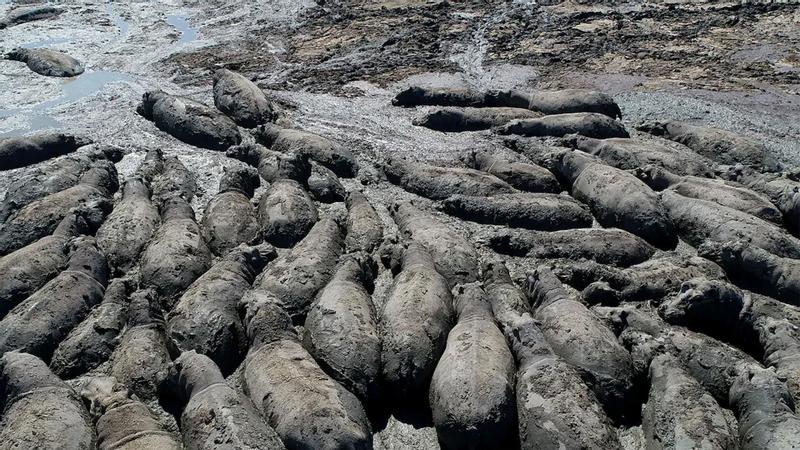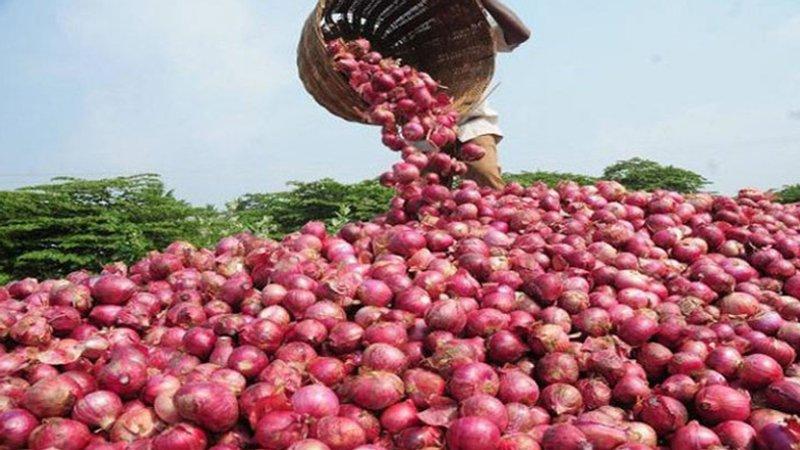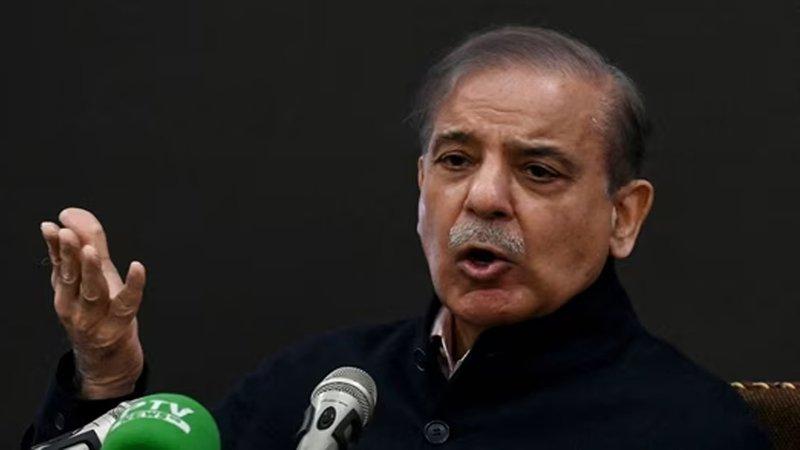US Congress clears landmark India-US fighter engine deal
Photo: Collected
The United States (US) Congress has no objection to the Joe Biden administration’s decision to pursue the GE jet engine deal with India, paving the way for the implementation of the company’s agreement with the Hindustan Aeronautics Limited (HAL) that includes unprecedented technology transfer, manufacturing of jet engines in India and licensing arrangements.
A person familiar with developments on Capitol Hill, the home of the US Congress, said, “It is all clear from the legislative end. The sale was approved before Prime Minister Narendra Modi’s visit itself. But, as per the process, the state department notified the House and Senate foreign relations committee on July 28.” If, for 30 days after the notification, no Congressional representative or Senator objects, it is treated as assent. “There has been no objection. The administration can go ahead with the next steps,” the person added, asking not to be named.
During President Biden’s visit to India for the G20 summit in September, both countries are expected to discuss the next steps in taking forward the deal. Without confirming the status of the Congressional process, a senior administration said: “I don’t want to steal any of the thunder of our meetings. We are working towards and expecting the necessary steps on both sides to be able to move forward on this historic agreement.”
The state department refused to comment on the matter. A spokesperson said, “We are restricted from publicly commenting on the details of commercial defence trade licensing activities.“
HT was the first to report before Modi’s visit that the US administration had sealed the jet engine deal and the notification to the US Congress was imminent.
On June 22, the day of Prime Minister Narendra’s Modi’s historic state visit to Washington DC where he was accorded a ceremonial welcome in the White House before extensive bilateral talks and a state dinner, GE Aerospace and HAL signed a memorandum of understanding to produce F-414 jet engines in India for the under-development light combat aircraft (LCA) Mk2.
The deal is significant because the US treats jet engine technology as a “crown jewel” and hasn’t shared similar tech with even its closest allies. For its part, India has lagged in jet engine technology, a gap that the agreement can bridge, helping bolster both India’s aerial power, especially in the context of the fragile situation with China at the Line of Actual Control, and its ambition of building a domestic defence industrial base. US administration officials have acknowledged that the GE deal could be a model going forward, as it helps address India’s concerns over tech transfer and co-production and fits in with American hopes of integrating the defence ecosystems and platforms of both countries more closely.
The deal will involve 80% transfer of technology (ToT) and is estimated to be worth around $1 billion. The production of the engines will result in the new fighter jet having an indigenous content of around 75% compared to 55%-60% in LCA Mk-1A and 50% in the existing variants, Indian officials familiar with the matter said. The deal with GE Aerospace to produce 99 F-414 engines under licence is likely to be signed during the current financial year, and the first lot of engines will be made in India three years thereafter, the officials added, asking not to be named.
The ToT will cover 11 critical areas many of which were entirely off-limits more than a decade ago when GE and India’s Aeronautical Development Agency (ADA) began talks on the possible production of the engines in the country. Back then, the US agreed to only 58% technology transfer, keeping a string of key engine technologies out of India’s reach, as previously reported by HT.
The F-414 has evolved from the F-404 engine that powers the existing LCA variants, Mk1 and Mk1A. In February 2021, IAF signed a contract for 83 Mk-1A jets, taking the total number of LCA variants ordered to 123.
IAF’s 40 earlier LCA Mk-1s ordered are in the initial operational clearance (IOC) and the more advanced final operational clearance (FOC) configurations. The LCA Mk-2 will form an important element of IAF’s future combat capabilities as India is planning to build around 130 such fighter jets.
Last year, the government gave its nod for developing the LCA Mk-2, and sanctioned ₹10,000 crore for the project. The Mk-2 fighter will be the most advanced LCA variant to be designed and developed indigenously. Apart from the more powerful GE-414 engine, it will be equipped with superior radar, better avionics and electronics, and will be capable of carrying a higher weapons payload.
Under the deal, the complex engine technologies that will be transferred to India include machining and coating for single crystal turbine blades, fabrication of powder metallurgy discs, inertia friction welding for fan and afterburner, laser drilling technology for combustor, special coatings for corrosion and erosion, machining and coating of ceramic matrix composites for nozzle guide vanes. flaps and other parts, machining of thin-walled titanium casing, polymer matrix composites for bypass duct and bottle boring of shafts, the officials said.
The LCA Mk2 will have improved range, enhanced survivability, better situational awareness for pilots, network centric capabilities, and the ability to quickly switch from one role to another, the officials added.
The 17.5-tonne fighter will have a maximum speed of 1.8 Mach, compared to the 13.5-tonne LCA Mk-1A that has a top speed of 1.6 Mach. The new aircraft will come with a payload capacity of 6.5 tonne (compared to 3.5 tonne for the Mk1A) and it will carry a mix of weapons including beyond visual range air-to-air missiles, air-to-ground missiles, heavy precision guided weapons and conventional bombs.















